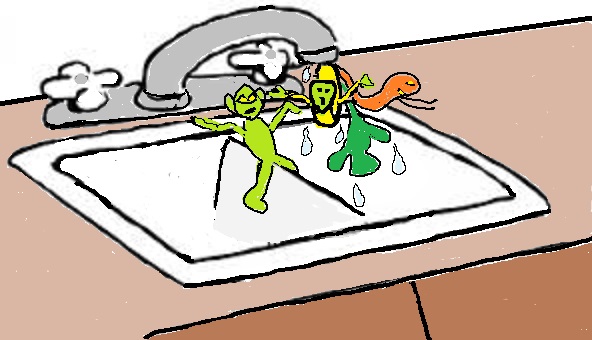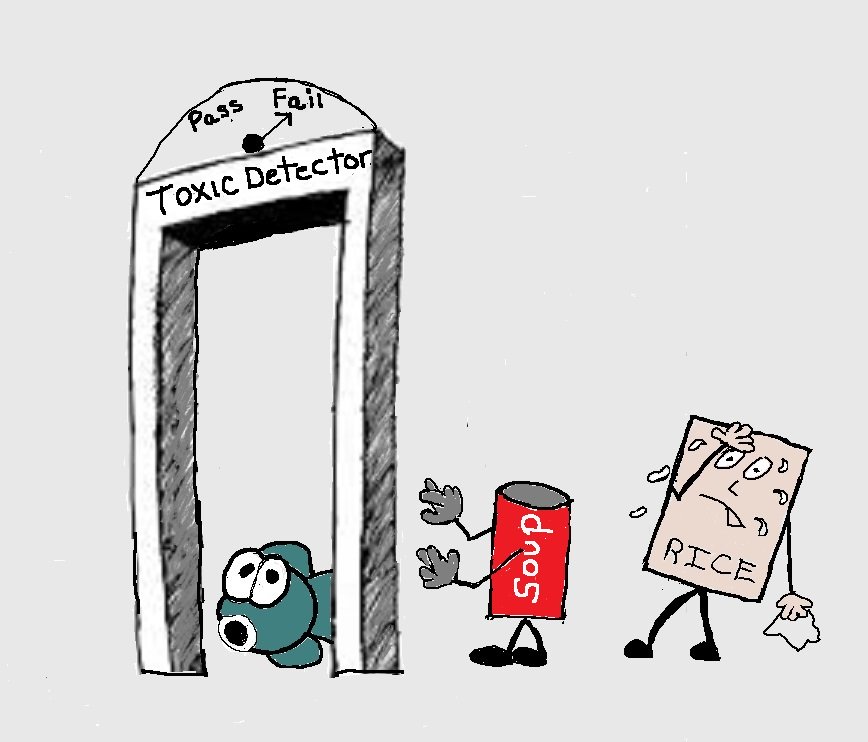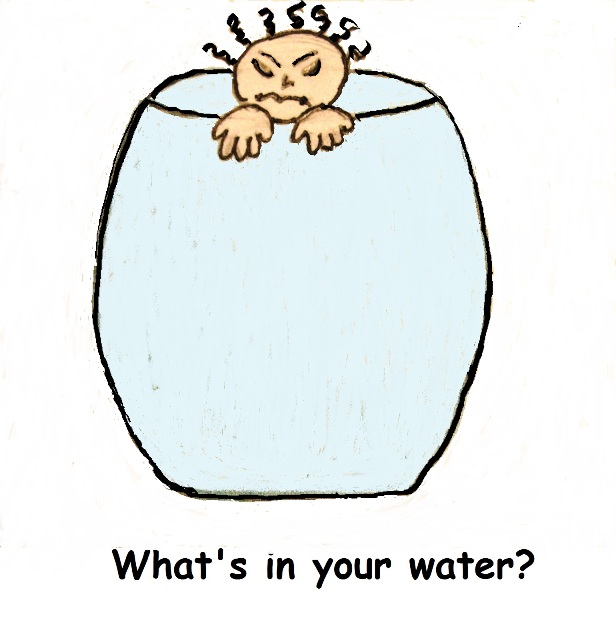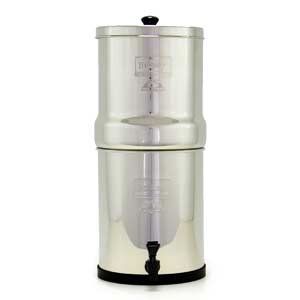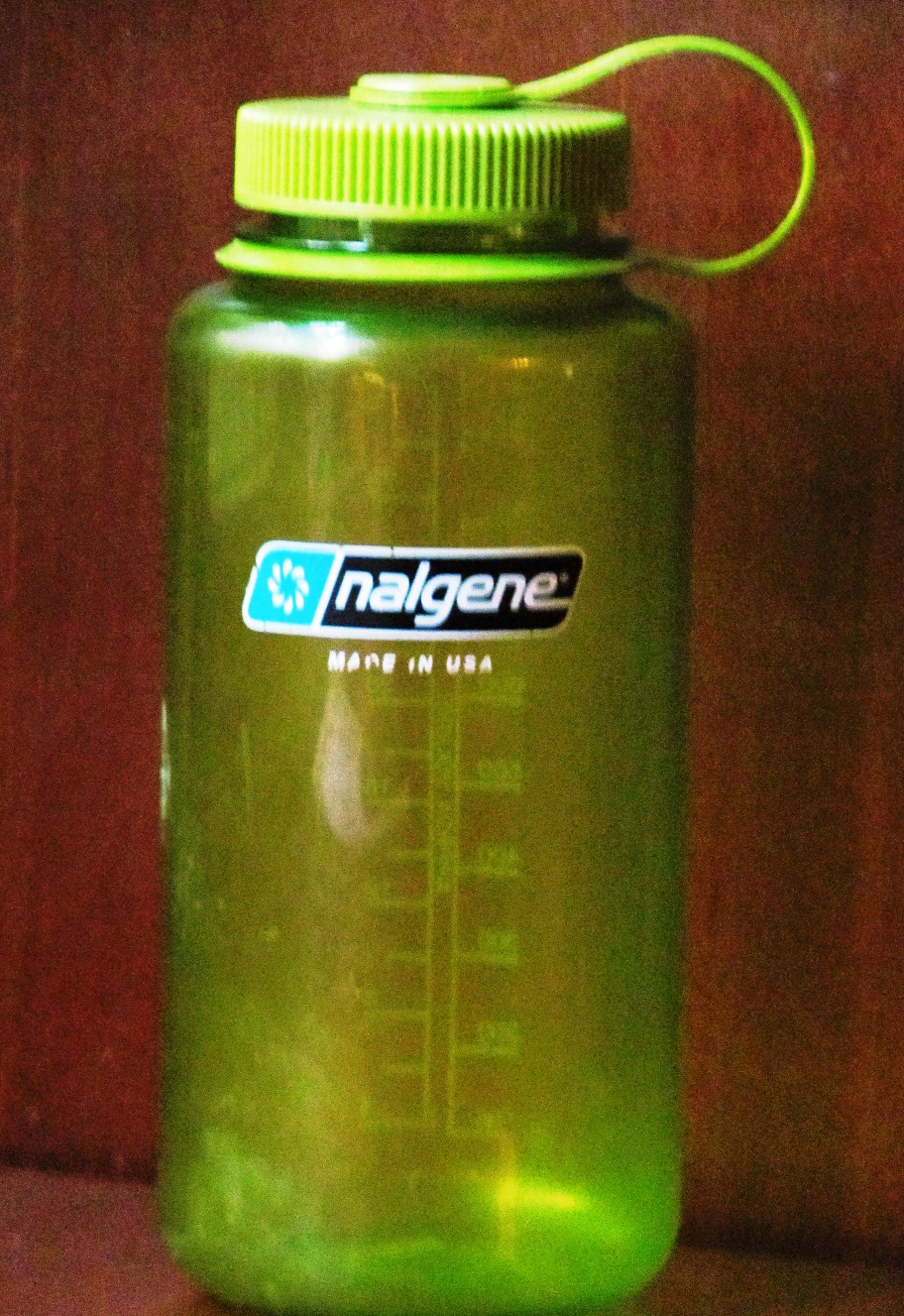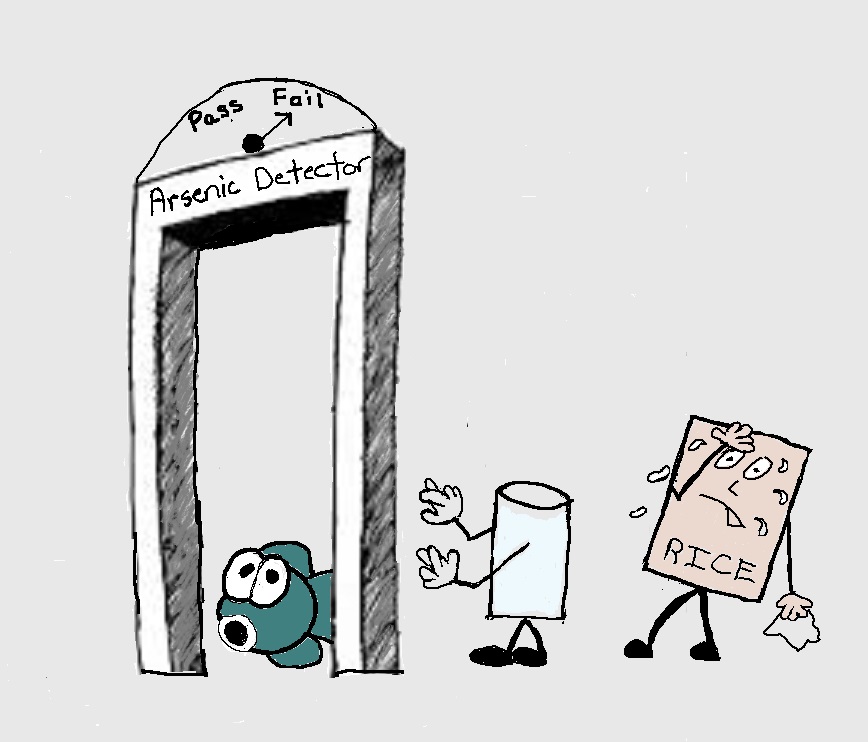Common Tap Water Toxins
And The Filters That Remove Them
Are you worried about what’s in your tap water? Are you concerned that it’s not safe to drink?
Well – You should be!
267 toxins were found in U.S. drinking water systems between 2010-2015, according to an Environmental Working Group 2017 report.
And, according to a 2017 report by the National Resource Defense Council, 77 million Americans get their tap water from community water systems that had one or more drinking water safety violations in 2015. That means one in four Americans is drinking water that doesn’t meet Safe Drinking Water Act standards.
The offenses ranged from arsenic and disinfection byproducts to nitrate contamination. The five states with the most violations were Texas, Florida, Pennsylvania New Jersey and Georgia.
While that’s shocking, what’s even more surprising is the actual number of violations and systems breaking the law is likely higher because many water safety violations aren’t reported by your water provider or your state. Plus, only about 100 of the 1,000's of toxins that could be in your tap water are actually monitored. That means chemicals like PFCs and phthalates may be in your water and you'd be clueless.
Why Tap Water Is Toxic
You might be wondering why and how your tap water became such a big source of toxin exposure. Here are some of the main reasons.
- Many drinking water facilities need to be updated with modern water treatment technologies.
- Quarterly and annual sampling by water systems is inadequate because the levels of some contaminants will fluctuate with the seasons.
- The EPA sets a contaminant limit for completely safe drinking water, and then sets a looser standard for treatment of tap water that accounts for feasibility and costs—and isn’t necessarily safe.
- Many of the contaminants found in tap water are unregulated.
- More than 15 million US households are served by private water wells that are not monitored for any toxins.
- Cleaning water to make it drinkable can result in the formation of more than 700 harmful, DNA-damaging or cancer-causing byproducts. These byproducts form when disinfectants (chlorine, chloramines, chlorine dioxide) react with organic pollution from agriculture or urban and sprawl runoff.
Common Tap Water Toxins
Everything from sunscreen chemicals to pills, pesticides and phthalates may be in your tap water. The types of toxins found in water are the result of a variety of factors, like where you live, weather events, nearby industries and agriculture. But generally, the following toxins are more commonly found in your tap water.
|
TOXIN |
SOURCE |
HEALTH EFFECTS |
|
Arsenic |
Naturally
occurring, pesticides |
One
of the top 5 carcinogens found in tap water, - bladder, lung, skin cancer |
|
Barium |
Drilling
and smelting wastes, naturally occurring |
Damages liver, kidney, heart and spleen |
|
Benzene |
Industry,
burning fossil fuels |
Carcinogens |
|
BPA |
Leaching from landfills, industry emissions |
Endocrine disrupter |
|
Cadmium |
Galvanized pipes, industry, natural sources |
Damages kidneys, liver, bone and blood |
|
Chlorine |
From water treatment |
Taste and odor issues |
|
Chromium-6 |
Industrial pollution, natural sources |
Stomach cancer-one of top 5 carcinogens in water |
|
Copper |
Industrial discharges, water pipes |
Gastrointestinal illness, abdominal and muscle pain |
|
Glyphosate |
Extensive use of herbicide Round-Up |
Possible carcinogen |
|
Haloacetic Acids |
Byproducts from disinfection process |
Liver, kidney, central nervous system problems, bladder cancer. |
|
Lead |
Water service lines, industry |
Damage to brain, kidneys, bone marrow and nervous system |
|
Mercury |
Fossil fuel combustion, industrial releases, naturally occurring |
Brain, kidney damage |
|
Nitrites/nitrates |
Fertilizers, waste water treatment, manure |
Bladder, colon, kidney, ovarian cancer, one of top 5 carcinogens in water |
|
1,4-Dioxane |
Manufacturing, waste |
Liver, gall bladder, respiratory cancers one of top 5 carcinogens in water |
|
PCBs |
Industry originally, now persistent in environment |
Carcinogen, endocrine disruptor, damages immune system. |
|
PFASs |
Manufacture of stick and stain resistant products |
Endocrine disruptors, possible carcinogens |
|
Pharmaceuticals |
Waste water treatment |
Unknown |
|
Phthalates |
Manufacture and use of plastics |
Endocrine disrupter |
|
Radium |
Decay of radioactive materials |
Carcinogen |
|
Toluene |
Discharge from petroleum factories Industry |
Nervous disorders, liver and kidney damage. |
|
Trichloroethene |
Discharge from metal |
Liver and may have an increased risk of getting cancer. |
|
Trihalomethanes |
Disinfection byproduct |
Kidney, central nervous system problems, bladder cancer. One of top 5 carcinogens in water. |
|
2, 4 - D |
Extensive use of herbicide in agriculture and lawn care |
Carcinogen, endocrine disruptor |
|
Uranium |
Naturally occurring |
Toxic to kidneys, carcinogen |
Water Filters
Quenching your thirst with an ice-cold glass of tap water may expose you to a variety of toxic chemicals, even after it is cleaned up by your public water system. And since 75% of the water you drink every day is tap water, that adds up to a lot of toxin exposure.
For many reasons, including exposure to plastic chemicals, bottled water is not the solution. But you can protect your health from the most common toxins by filtering your tap water with the best filter system.
I’ve included several different types of popular countertop, faucet, plumbed in and reverse osmosis filters in this table. The information on the types of tap water toxins removed came from company websites and the Water Quality Association.
When you look at the amount of different toxins removed by some of these filters it’s clear that some filter systems protect you better than others from tap water toxins. Also, you can’t assume that system complexity and cost equal better filtering.
So, when choosing a filter do your homework. Find one that removes the most toxins that are found in your water. A great resource is the EWG tap water database. Enter your zip code and select your public water supplier to see violations.
For more info on drinking water quality and how to research your local tap water check out Water Quality and Your Health.
Reverse Osmosis Plumbed in Faucet Pitcher
Toxin Premier Aquaversa Aquasana PUR Brita PUR Brita Zero Berkey
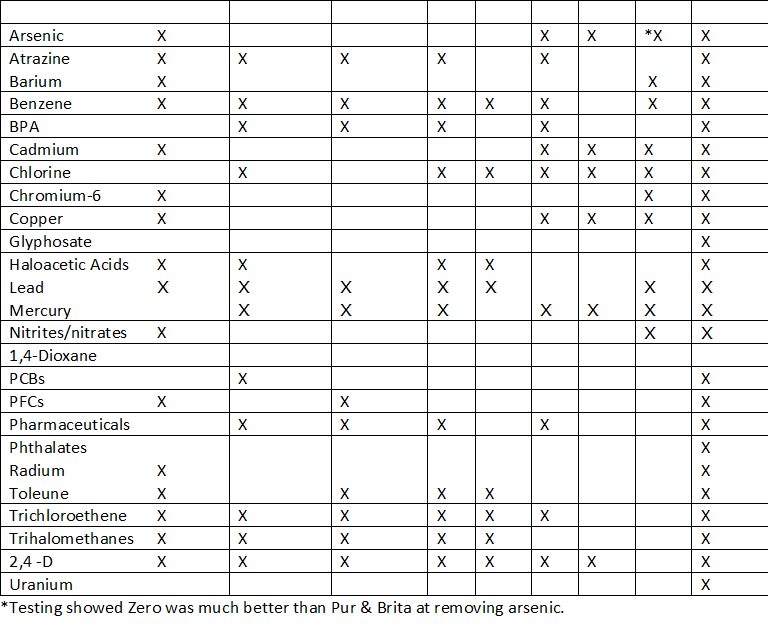
While reverse Osmosis systems are considered to be effective filters, the process strips out the beneficial minerals from water making it an acidic, "hypotonic" solution. Drinking de-mineralized water results in minerals being transferred from your body's blood and lymphatic system to this de-mineralized water and being flushed from your body.
Over time, in an effort to re-mineralize itself, your body will begin to rob its organs and bones of these minerals. So, if you choose a reverse osmosis water filter you’ll need to remineralize your water with Himalayan Salt or trace mineral drops.
You drink water from the same source every day, resulting in long-term exposure to some dangerous chemicals. Educating yourself about tap water toxins and filtering your water to remove as many toxins as possible is an important way to protect your health.
